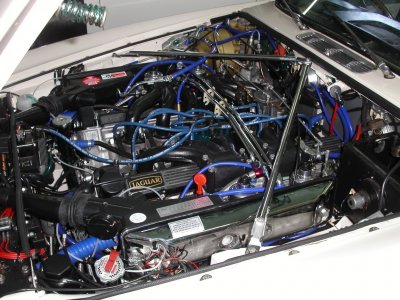I've always quite fancied and older Series I, II or III Jaguar or Daimler as I think they are stunning. One of the finest and most instantly recognisable shapes (for those of a certain age or older of course).
I have a nosey now and again and occasionally something I find absolutely stunning will be for sale for not huge money - like this:
1973 Daimler Double Six V12 | eBay
What are these like as a proposition (reliability, looking after etc. and of course costs besides the obvious servicing, insurance, car tax and MOT)?
Is the V12 a shocker and are there better engines / ages to go for?
I have no experience of them and in fact any cars older than 1985 so looking for any wisdom really.
I have a nosey now and again and occasionally something I find absolutely stunning will be for sale for not huge money - like this:
1973 Daimler Double Six V12 | eBay
What are these like as a proposition (reliability, looking after etc. and of course costs besides the obvious servicing, insurance, car tax and MOT)?
Is the V12 a shocker and are there better engines / ages to go for?
I have no experience of them and in fact any cars older than 1985 so looking for any wisdom really.



